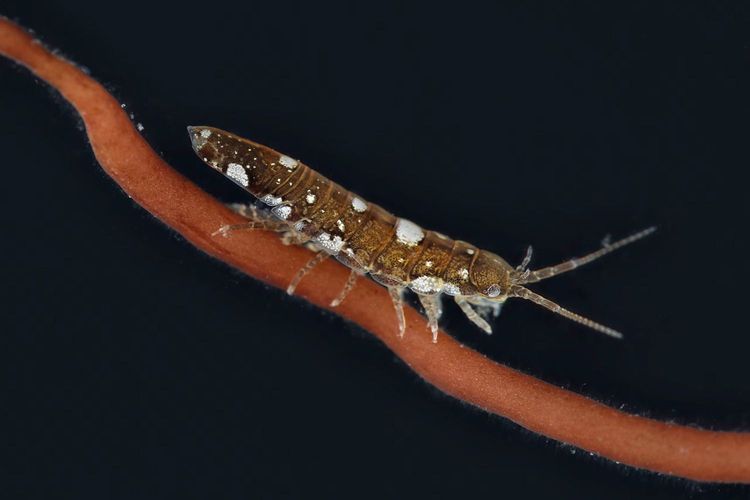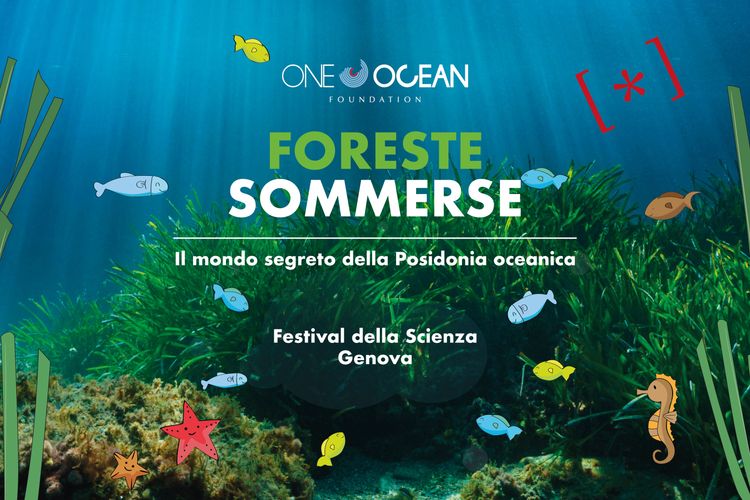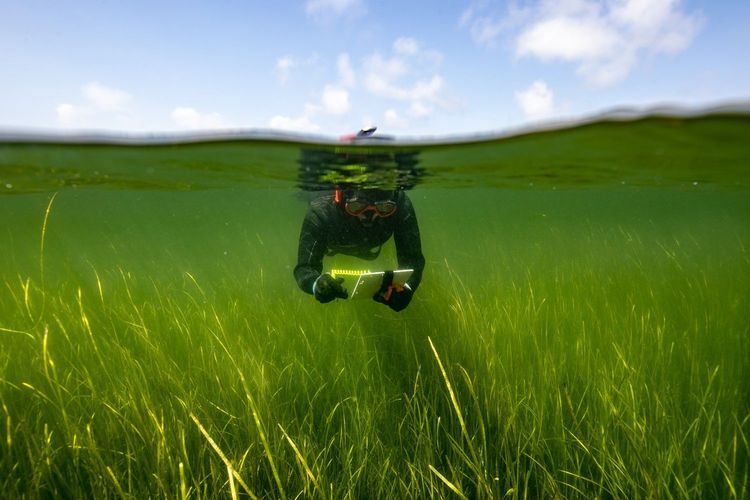
There is the belief that the fertilization in marine environments is done solely by sea currents. This belief was recently contradicted. It was found that some marine organisms do perform the same function as bees on land, transporting pollen between the flowers of aquatic plants.
This symbiotic relationship between marine plants and pollinating organisms is defined as zoobenthophilous pollination. These interactions are observed in different species of marine plants and small aquatic organisms that live in close contact with the seabed (benthic organisms). Recently scientists studied interactions between the isopod Idotea balthica and the red alga Gracilaria gracilis. They found that through the transport of male gametes on its body, the isopod dramatically increased the fertilization success of the algae. A similar type of symbiotic relationship was observed in several other species of plants and marine organisms.
This finding raises the prospect that animal-mediated fertilization may have arisen in the ocean before plants moved to land and shows that it may have evolved separately in terrestrial and marine habitats.


